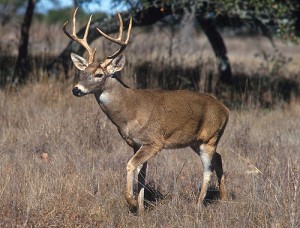 First week of January. Like everybody else in America, I’m on a diet.
First week of January. Like everybody else in America, I’m on a diet.
I’ve tried lots of diets over the years, and no matter how simple the particular rules — Fat is bad: stick to salads, whole grains and fruit! No no no, fat is good: lay off carbs, and eat lots of meat. Count calories. Count carbs. Are you getting enough fiber? Eat cookies all day! — following them is never easy.
Eating is what neuroscientists call a complex behavior. It’s not reflexive, like a knee jerk or sneeze, but rather depends on lots of brain systems. Real, painful hunger, of course, triggers eating. But so can the smell of bacon, even if you’ve already had breakfast. If you’re starving on a lettuce diet, good old willpower can (I’ve heard) override your urges to eat. And this complexity isn’t just a human thing. For lots of animals, feeding motivations can change with body temperature, sleep cycles and mating opportunities. Dozens of brain regions and hundreds of different kinds of brain cells have been tied to eating.
Which is why this study I’m about to gush about is so (mind the pun) startling. Scott Sternson‘s team from Janelia Farm compelled mice to voraciously eat by switching on just one type of neuron in their brains. Perhaps more provocative, the researchers got mice to completely stop eating by activating a different type of neuron.
Continue reading →
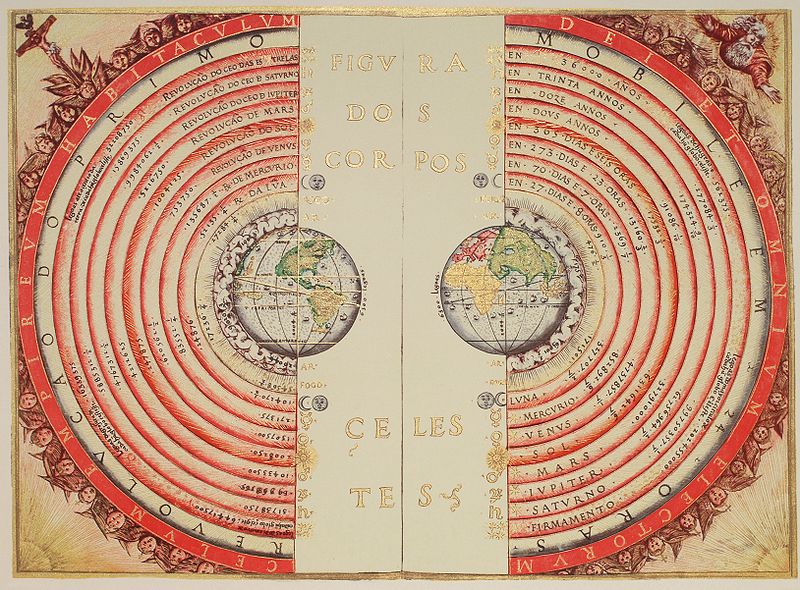 One of our favorite science writers has just published a terrific new book, The 4% Universe: Dark Matter, Dark Energy, and the Race to Discover the Rest of Reality. So I nabbed author Richard Panek, who just happens to be an LWON blogger, for a Q and A session.
One of our favorite science writers has just published a terrific new book, The 4% Universe: Dark Matter, Dark Energy, and the Race to Discover the Rest of Reality. So I nabbed author Richard Panek, who just happens to be an LWON blogger, for a Q and A session.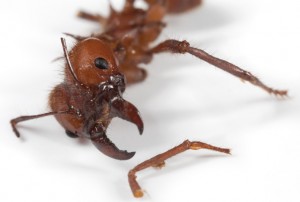
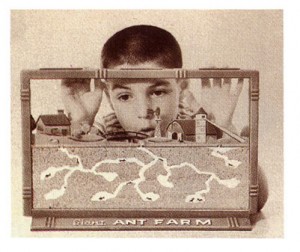
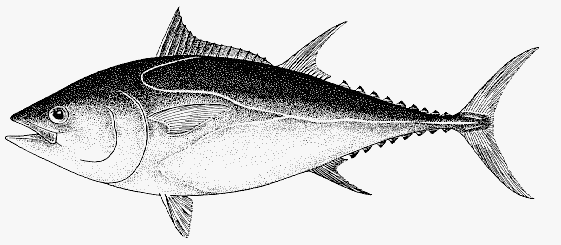
 First week of January. Like everybody else in America, I’m on a diet.
First week of January. Like everybody else in America, I’m on a diet.